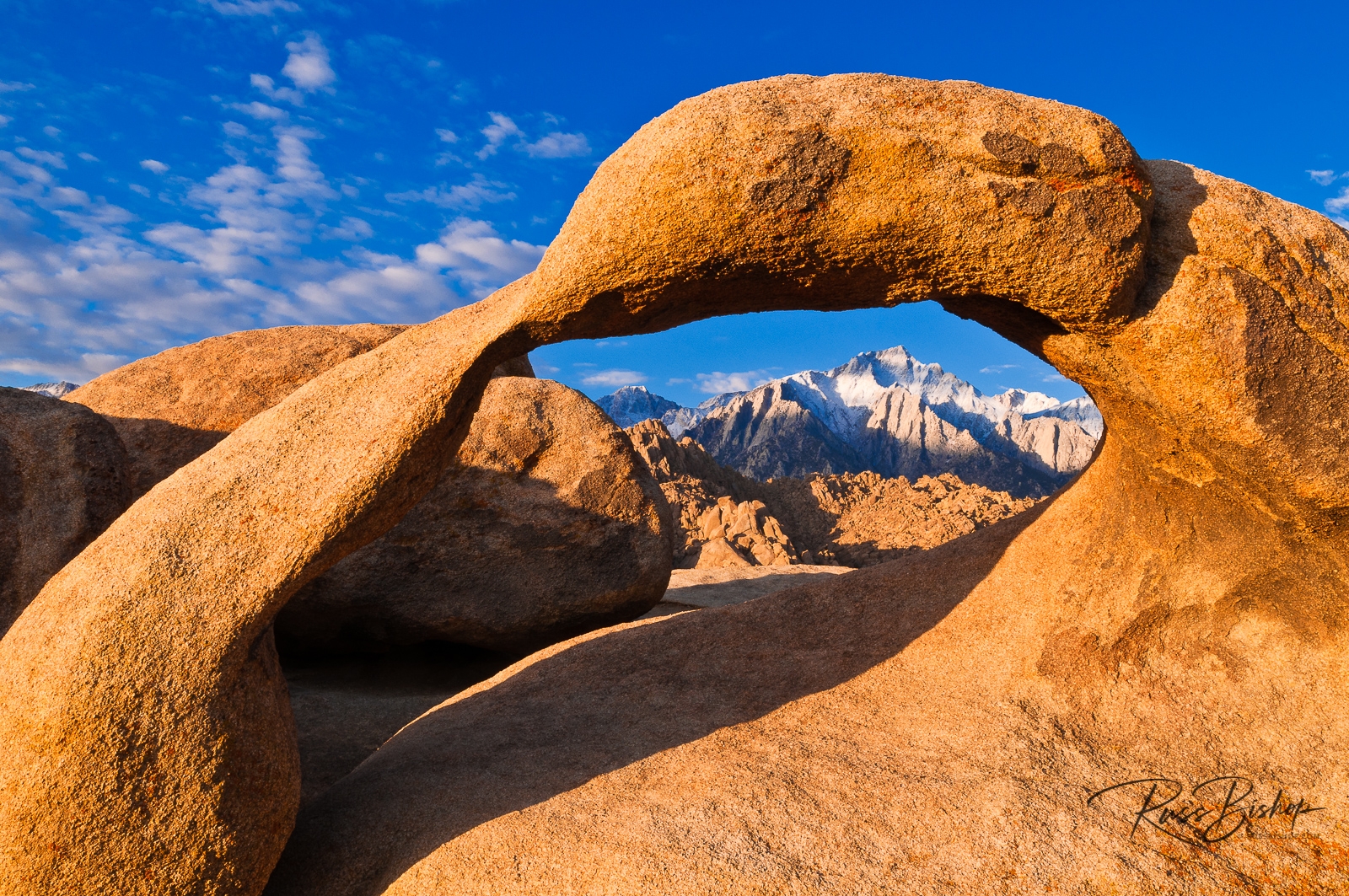
White Sands National Park in southern New Mexico is probably the least iconic spot within the National Park system. It has no sheer cliffs, no grand waterfalls, no red-rock strata, and no great clefts in the earth – in fact, it doesn’t even have a forest to call its own. And that’s just fine.
What it lacks in the notable landforms shared by other parks, it more than makes up for with an endless sea of the most glorious pure white gypsum sand and a special quality of light found nowhere else. Visiting White Sands is not so much a trip to see natural wonders as it is pilgrimage to experience an unparalleled expanse of light and form.
Our newest park is so vast and featureless in fact that once you leave the road in the main dune area it’s quite easy to get lost. The park service has placed pickets along major trails, but these often are blown down or buried in the shifting sands so carrying a GPS and noting distance land forms on longer hikes is a must.
The best times to visit are spring and fall when the temperatures are moderate, and as with any desert environment it’s essential to carry sun protection and water. Dusk and dawn provide the sweet light this park is known for and the rangers are very accommodating with gate closures. So the next time you’re heading to the southwest, make time to visit White Sands. It might be a little out-of-the-way, but it’s an experience you won’t soon forget.
©Russ Bishop/All Rights Reserved


